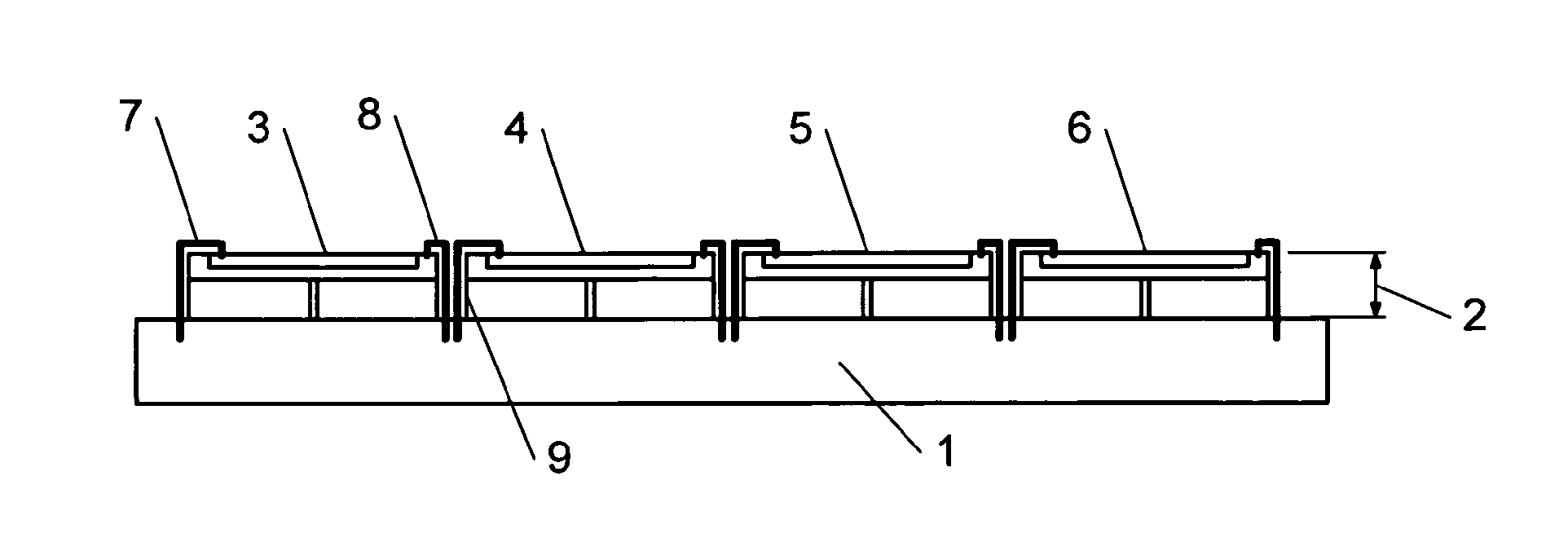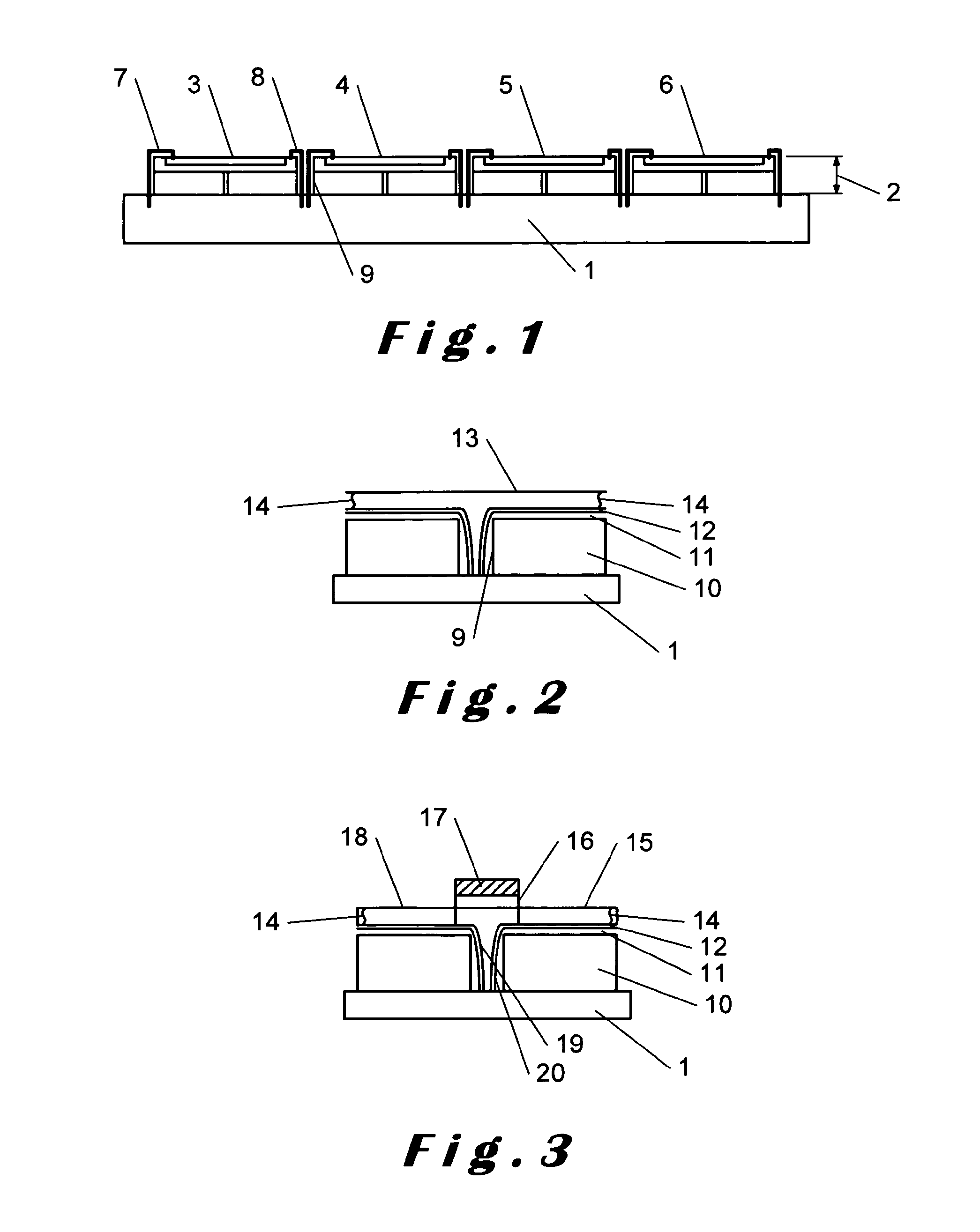Methods and devices for generating a representation of a 3D scene at very high speed
a 3d scene and high-speed technology, applied in the field of high-speed 3d scene generation methods and devices, can solve the problems of limited measurement distance, implying a very limited acquisition speed, and most limited acquisition speed, so as to improve accuracy and speed, increase measurement precision, and reduce the number of random false counts
- Summary
- Abstract
- Description
- Claims
- Application Information
AI Technical Summary
Benefits of technology
Problems solved by technology
Method used
Image
Examples
Embodiment Construction
[0100]System of Acquiring a Scene
[0101]First, a description of a system for generating a representation of a scene according to an embodiment of the present invention is given.
[0102]Such a system comprises:[0103]a laser source as an illuminating device; and[0104]a SPAD sensor array, preferably mounted with optics to collate the photons reflected by the scene.
[0105]In another embodiment, more than one laser source is combined in the illuminating device. Each laser source is possibly built to operate at a given wavelength. Another embodiment uses coordinated time-optimized pulses.
[0106]In another embodiment, several SPAD sensor matrices are combined to form a scene detector.
[0107]The optics of both the light source and the scene detector are built to optimize the collection of photons on the SPADs detector array. Some details are given below. However, a person skilled in the art is familiar the optical setup required to use for this purpose.
[0108]The light directed toward the scene ha...
PUM
 Login to View More
Login to View More Abstract
Description
Claims
Application Information
 Login to View More
Login to View More - R&D
- Intellectual Property
- Life Sciences
- Materials
- Tech Scout
- Unparalleled Data Quality
- Higher Quality Content
- 60% Fewer Hallucinations
Browse by: Latest US Patents, China's latest patents, Technical Efficacy Thesaurus, Application Domain, Technology Topic, Popular Technical Reports.
© 2025 PatSnap. All rights reserved.Legal|Privacy policy|Modern Slavery Act Transparency Statement|Sitemap|About US| Contact US: help@patsnap.com



